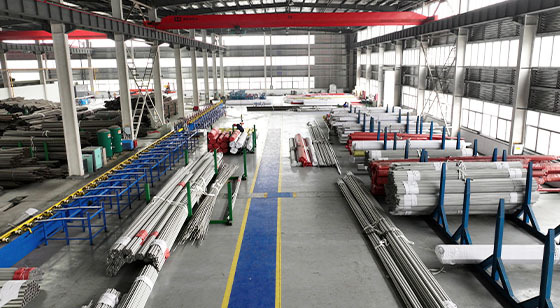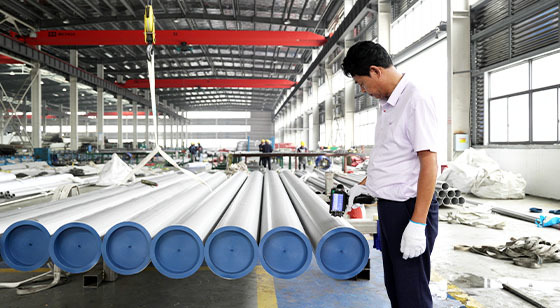How to classify stainless steel
Release time:
2025-06-17
Chromium stainless steel: mainly refers to ferritic and martensitic stainless steel, which mainly relies on chromium (>10.5%) to form a passivation film for rust prevention. Chromium-nickel stainless steel: mainly refers to austenitic stainless steel (such as 304, 316), and the combination of chromium and nickel provides excellent corrosion resistance and formability.
Chromium stainless steels: Primarily ferritic and martensitic stainless steels, relying mainly on chromium (>10.5%) to form a passivation film for rust prevention.
Chromium-nickel stainless steels: Primarily austenitic stainless steels (such as 304, 316), where the chromium-nickel combination provides excellent corrosion resistance and formability.
Chromium-nickel-molybdenum stainless steels: Molybdenum is added to the chromium-nickel base, significantly improving resistance to pitting and crevice corrosion (such as 316, 317, duplex stainless steels 2205/2507).
Chromium-manganese (chromium-manganese-nickel-nitrogen) stainless steels: Austenitic steels where manganese and nitrogen partially or fully replace nickel (such as 200 series: 201, 202).
Ultra-pure ferritic stainless steels: Ferritic steels with extremely low carbon and nitrogen content (such as C+N ≤ 150-200ppm) achieved through advanced metallurgical techniques (VOD, AOD, etc.) (such as 439, 444), resulting in significantly improved corrosion resistance and weldability.
TSINGHANG NEW MATERIAL
International Business:+86-13382270060
After-sales service:+86-17761608887
Sales Consultant: Manager Liu +86-13333688292
Email: jiangsuqh@88.com
Address: 12 Xiaqinglonggang East Road, Jingjiang Economic Development Zone, Taizhou
Copyright © 2025 JIANGSU TSINGHANG NEW MATERIAL CO., LTD








